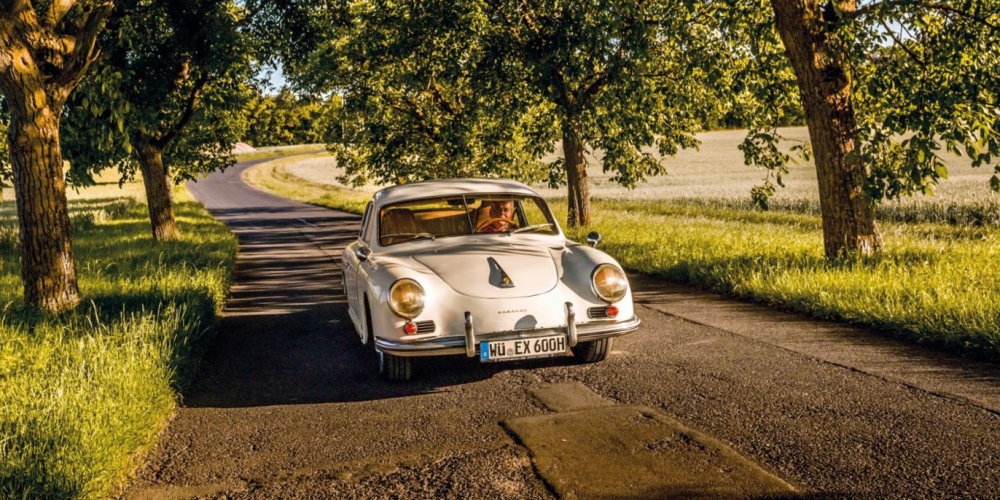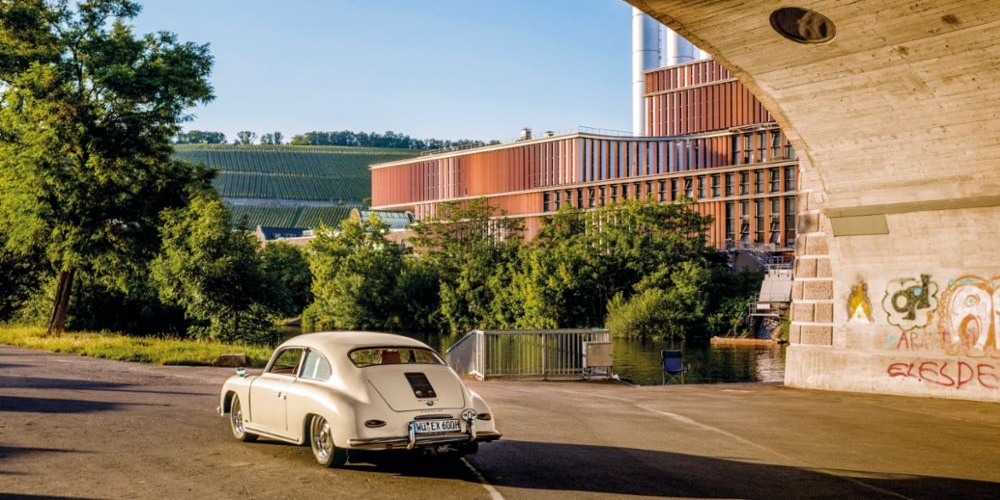Here’s How a Resilient East German Shoemaker Created the Miersch 356
The Miersch 356 is a labor of love and an inspiring story of a man who overcame challenges and willed his dream car into reality.
Even though it might seem like a distant memory, cars were once aspirational objects, and now and then, we come across a story that reminds us of the passion that tethers this connection between man and machine. Such is the story of Hans Miersch and his one-of-a-kind Porsche 356.
Living in East Germany after the Second World War, Hans faced and overcame several challenges throughout his lifetime. The Saxony native started his career with a small shoe shop, which helped him travel to some neighboring countries. It was on one of his visits that Hans came across the iconic Porsche 356, in a West German automotive magazine.
Hans recollected the experience, âFrom the moment I saw the first models, I knew: this is my dream.â
Even though Hans was a prospering businessman, at the time he was not allowed to import his dream car as it was being built in West Germany, which was aided by the allied forces. Instead of losing hope, Hans exercised resilience and embarked on a quest to turn his dream into a reality.
Along the way, 21-year old twin brothers Falk and Knut Reimann assisted Hans in his pursuit as they had approached coach builder Arno Linder with a similar idea. Arno fashioned a skeleton using ash wood, which was used to fabricate the gorgeous body of what came to be known as the 356 Miersch.
The group sourced the chassis for the project from a Kubelwagen Type 82, which was an open-top rear-wheel-drive military vehicle that was designed by Ferdinand Porsche. The 356 Miersch is much bigger than the Porsche 356 because the Type 82 chassis was wider and 11.8 inches longer than the platform that underpinned the original sports car.
In addition to acquiring quality sheet material from Czechoslovakia, Hans also had to smuggle many components from West Germany in his briefcase, which was quite a risky endeavor at the time. The final car weighed 3527 lbs and was powered by a 30 HP boxer engine, which was replaced by a 1.6-liter 75 HP Porsche motor that Hans imported almost 12 years after the car was finished.
Hans even managed to protect his custom-built 356 from the authorities when they seized his business in the 1970s. Hans claimed that the vehicle was built to support him and his disabilities. The car finally received a 90 HP Porsche 356 engine after the reunification of Germany in 1994. Today, enthusiasts around the world and even the sports car manufacturer consider Miersch 356 a true Porsche.
Image Source: Porsche


